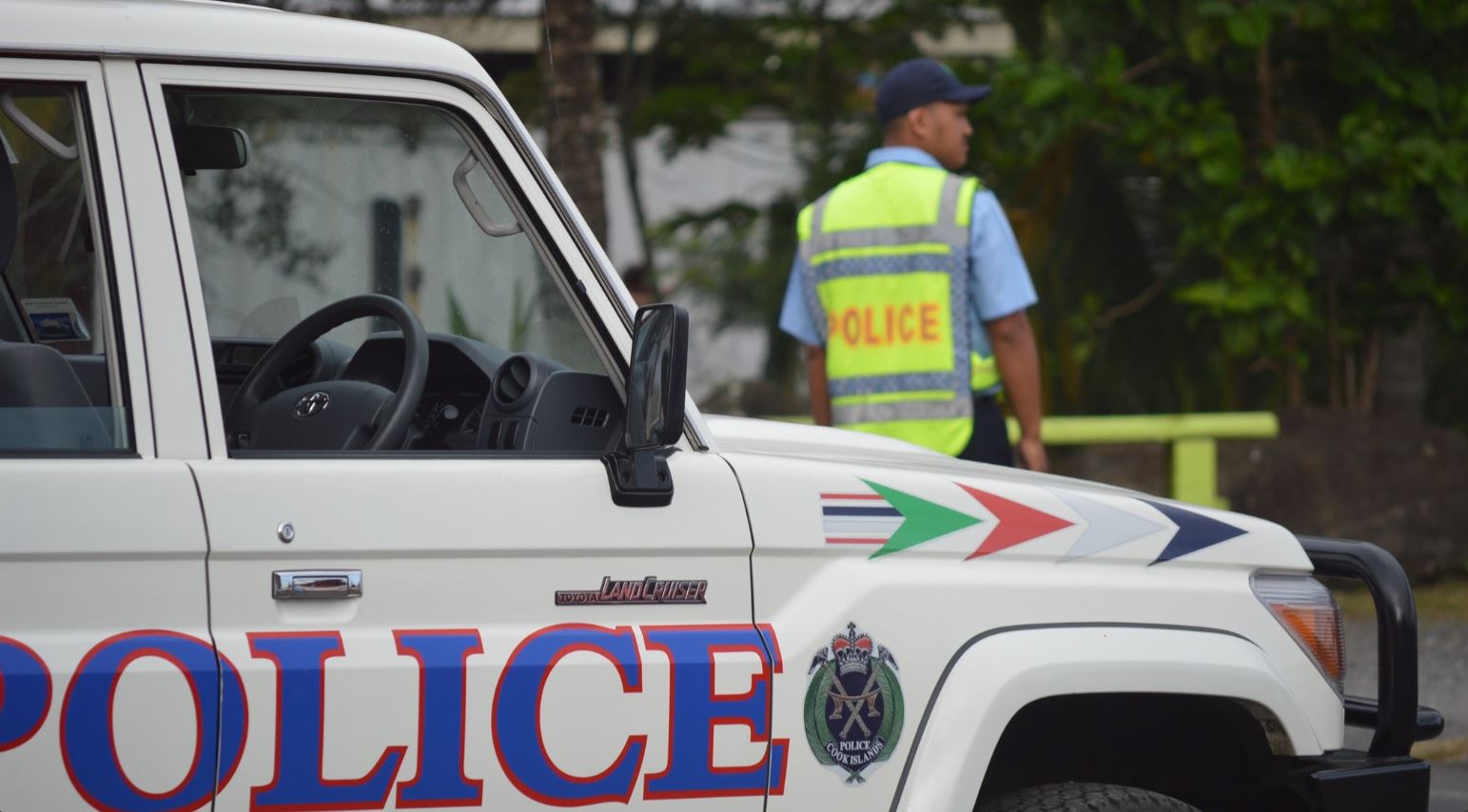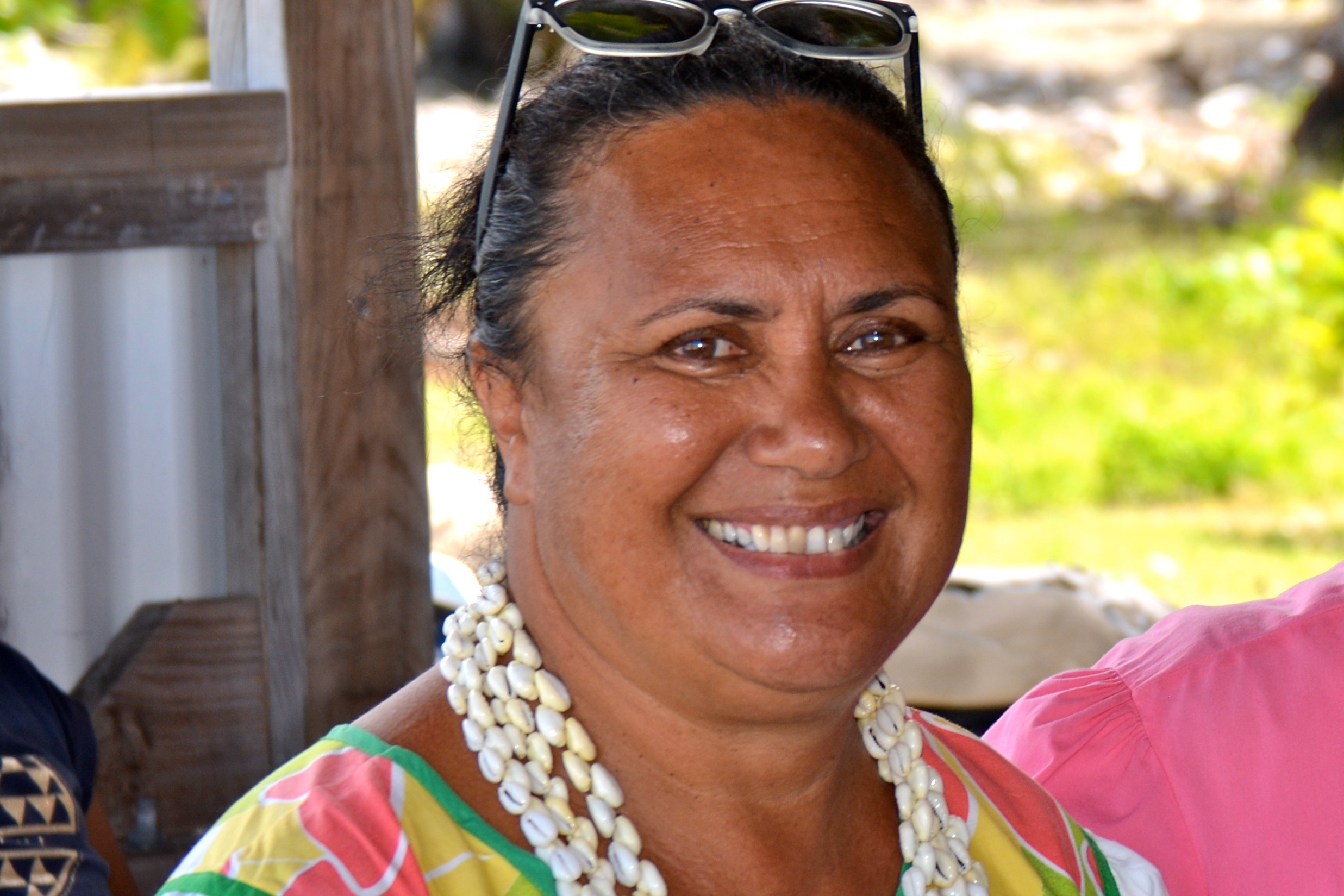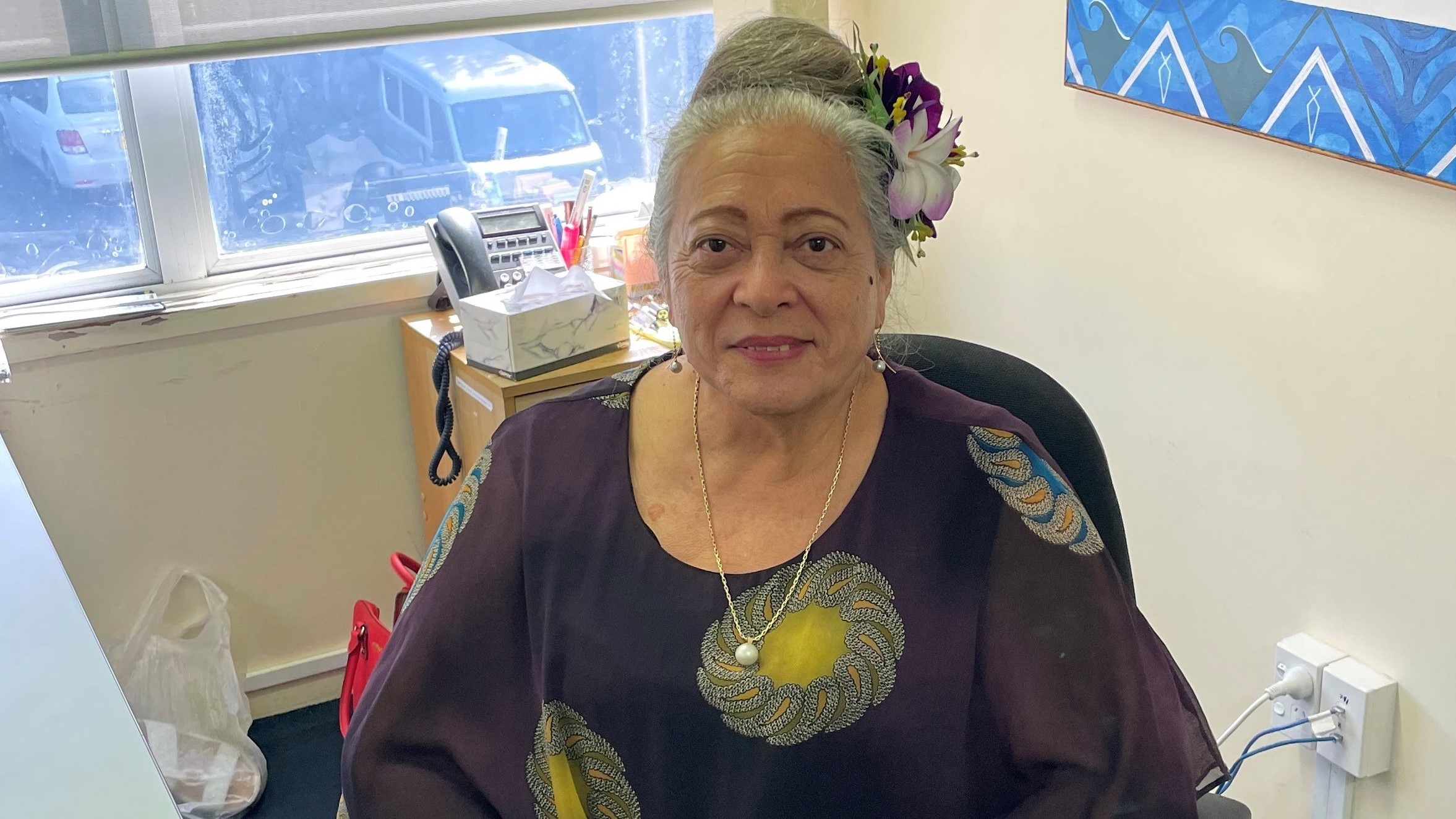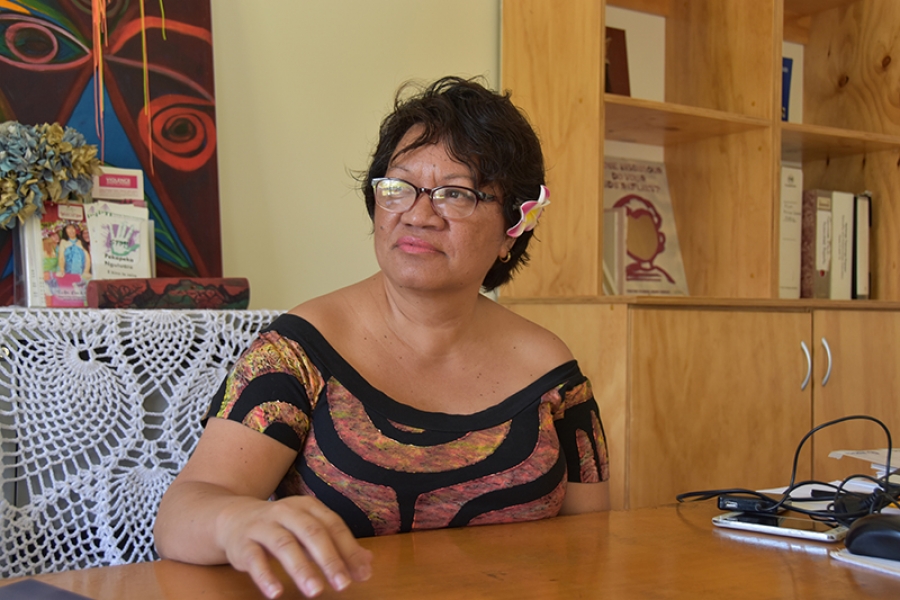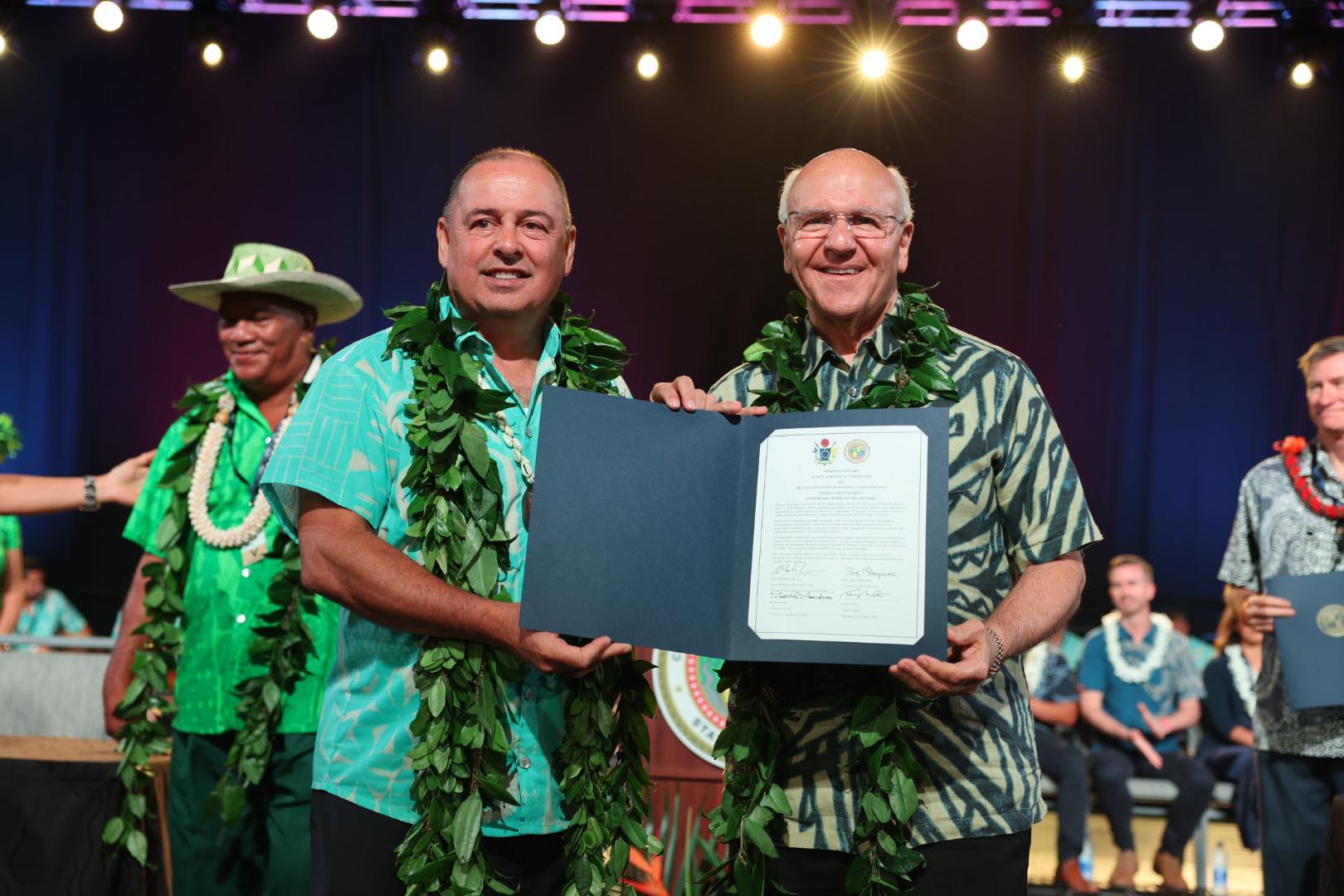PAPUA NEW GUINEA – Aid workers and government officials have been threatened by people in Papua New Guinea who are angry at the slow delivery of emergency help.
Care Australia estimate half a million people have been affected by the February 26 magnitude 7.5 earthquake, with 150,000 in desperate need of emergency supplies and more than 100 now believed to be dead.
Anna Bryan, Care’s programme director in the country, said frustration has grown in the worst hit areas as aftershocks continued to strike.
On Wednesday, a 6.8 magnitude aftershock killed a family of six when their house collapsed on top of them and burst into flames.
Homes hastily rebuilt since the earthquake 11 days ago have been wrecked again by aftershocks and continued tremors have made villagers too scared to collect food from the bush, or even attempt to rebuild their crops and food gardens, many of which had been wiped out.
“We are hearing reports that some locals believe the earthquake was caused by sorcery, and a lot of people have also been blaming the mines in the region,” Bryan said.
“People are getting frustrated and angrier, and I do think we’ll see an increase in threats towards aid workers and government support workers as well.”
Hungry, injured people were walking in from devastated highland villages to access the limited aid available in Tari, the main town in Hela province, and many remained traumatised by the disaster.
Anger was also growing towards the government regarding the lack of information and slow delivery of aid. Bryan told the Guardian.
Many survivors in Tari are saying the world didn’t care about their plight.
Ando Tangiato, a villager in Timu in Hela province, said many people remained buried under massive landslips that had wiped out entire villages, and locals – equipped with no more than machetes, spades and their bare hands – had little hope of saving them, or retrieving their bodies.
“We planted flowers on the places where we dug,” said a young man who had been digging, sometimes by hand, since the landslip happened. “This is now a grave site. We can’t find them.”
Bryan said the sparsely populated nature of the highlands region meant the death toll was not headline-grabbing, but the magnitude of destruction was “huge” and “desperate”.
At Huiya village, near the epicentre of the quake, more than 2000 frightened people have gathered waiting for help. They have no food or water, and some have walked in from villages that have ceased to exist.
Southern Highlands governor William Powi said people were feeling traumatised from the disaster and ongoing aftershocks.
The latest was a magnitude 6.8 quake that struck just after midnight local time.
Reports are now coming in of earthquakes in the island provinces to the north of mainland PNG, including a 7.1 magnitude event early yesterday morning.
The central region where the quake struck is remote and undeveloped, and assessments about the scale of the damage and injuries have been slow to filter out.
Powi said he did not know if the aftershocks had caused more damage or injuries, but he said it had added to the distress people were feeling.
“It is beyond the capacity of the provincial government to cope with the magnitude of destruction and devastation,” Powi said. “Our people are traumatised and finding it difficult to cope.”
He said provincial authorities were trying to prioritise the greatest needs by getting people with severe injuries to medical centres and providing water and medicine. He said help from abroad and from local aid agencies was slowly coming in.
“It’s a mammoth task. Most of the feeder roads are washed away or covered with landslips. People’s livelihoods are devastated, their personal property is gone.”
Powi said 39 people had died in his province when families were crushed by their collapsing homes or buried by landslides.
He said death reports were still coming in from remote places, and he feared the toll would rise to over 100.
The New Zealand government dispatched a second Hercules aircraft on Thursday, loaded with relief supplies, while the Australian government has donated an additional A$1.2 millio, three Chinook helicopters and defence and logistics personnel to help coordinate the relief effort, following a request from the PNG government.
A state of emergency remains in the provinces of Hela, Southern Highlands, Western and Enga, though relief efforts appear to be targeted at the worst-hit regions of Hela and Southern Highlands.
- Source: Guardian



















